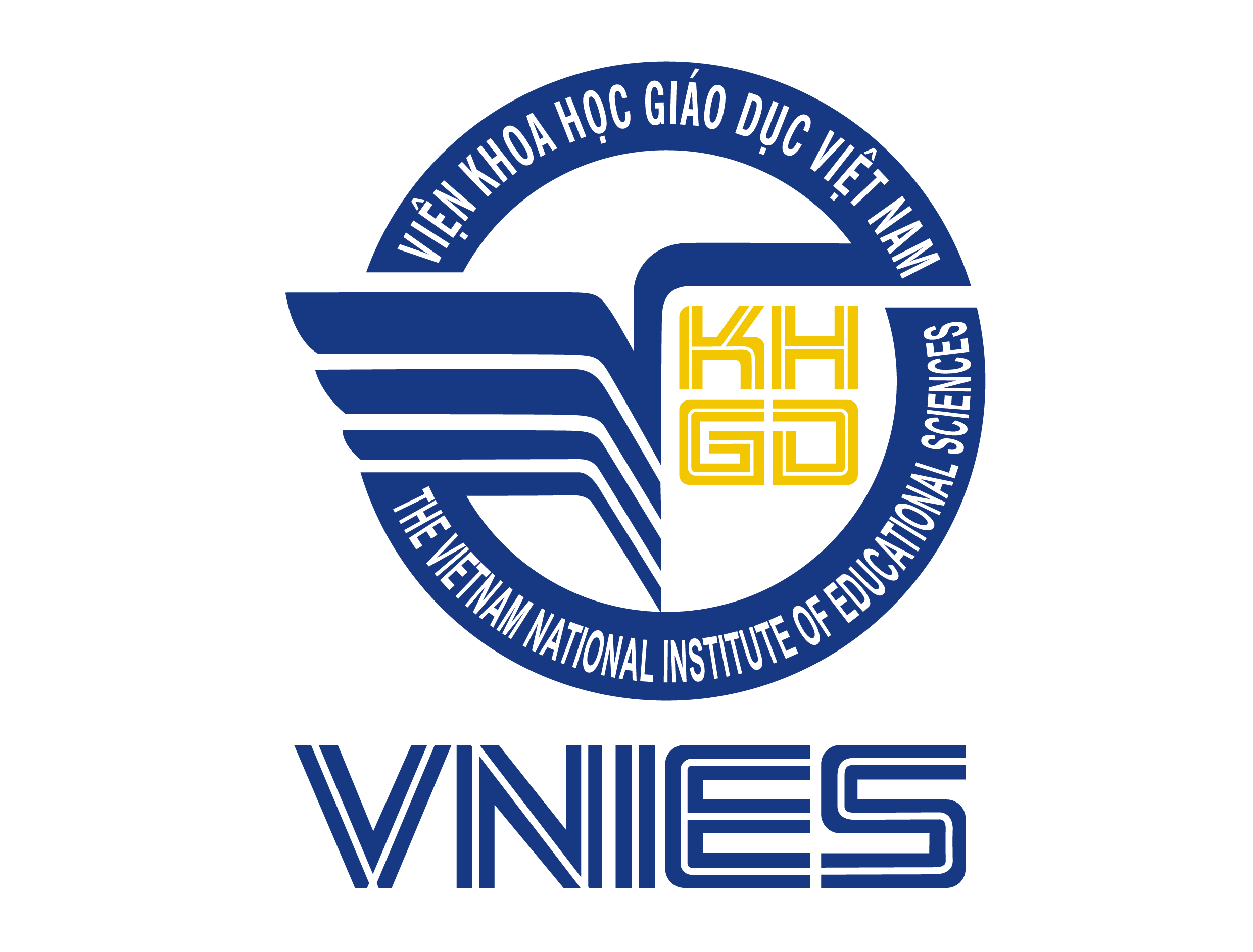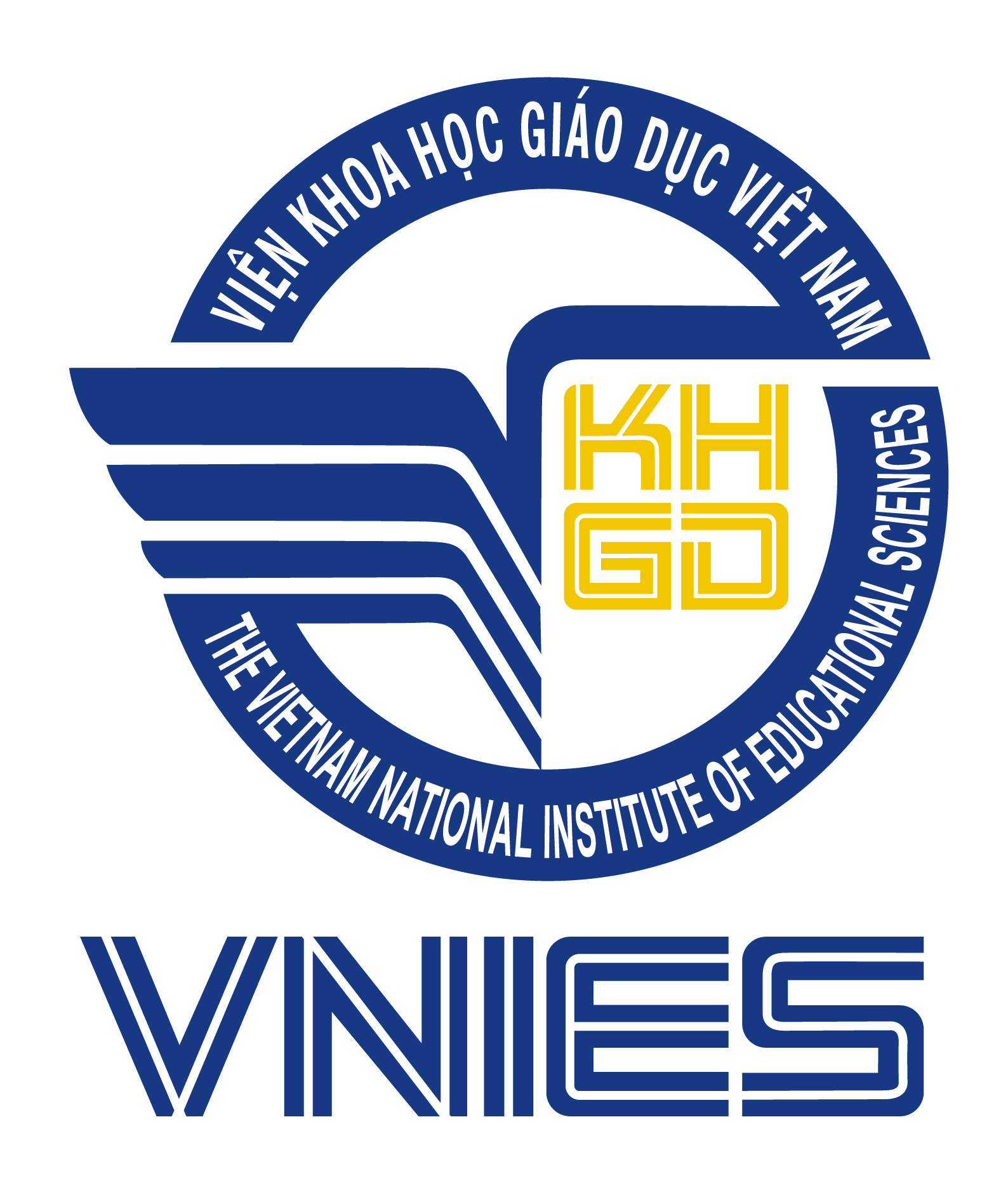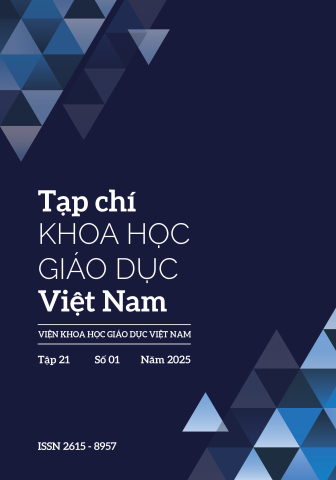[1] Ball, L., Drijvers, P., Ladel, S., Siller, H. S., Tabach, M., & Vale, C. (2018). Uses of technology in primary and secondary mathematics education. Springer.
[2] Bộ Giáo dục và Đào tạo. (26/12/2018). Chương trình Giáo dục phổ thông môn Toán. (Ban hành kèm theo Thông tư số 32/2018/TT-BGDĐT)
[3] Chapai, K. P. S. (2023). ICT Integration in Mathematics Teaching and Learning Activities: A Literature Review. International Research Journal of MMC, 4(4), 26-35
[4] Cuong, T. V., Tam, D., & Van Hieu, P. (2021). Testing the effectiveness of the designing and applying process with certain circumstances in geometry teaching. Linguistics and Culture Review, 5(S2), 906- 921.
[5] Dhol, B. S., Gonder, S. S. C., & Kumar, N. (2023). Information and Communication Technology-Based Math’s Education: A Systematic Review. 2023 International Conference on Advancement in Computation & Computer Technologies (InCACCT).
[6] Havelková, V., Jančařík, A., & Jančaříková, K. (2022). Analysis of Approaches to the use of ICT in the Teaching of Mathematics. 21st European Conference on e-Learning ECEL 2022
[7] Hillmayr, D., Ziernwald, L., Reinhold, F., Hofer, S. I., & Reiss, K. M. (2020). The potential of digital tools to enhance mathematics and science learning in secondary schools: A context-specific metaanalysis. Computers & Education, 153, 103897.
[8] Lei, J. (2009). Digital natives as preservice teachers: What technology preparation is needed? Journal of Computing in Teacher Eucation, 25(3), 87-97.
[9] Loc, N. P., & That, N. T. (2020). Status of using it in teaching: opinions of mathematics teachers of Hau Giang province, Vietnam. European Journal of Education Studies, 7(1), 42-51
[10] Oumelaid, N., Boukari, B. E., & Ghordaf, J. E. (2025). Assessing the impact of teacher characteristics, learner methods, and self-guided learning on technology adoption in mathematics instruction. Multidisciplinary Science Journal, 7(3), 2025110- 2025110.
[11] Pham, T. T. H., & Nguyen, D. N. (2020). Policy transformations about ICT applying in learning and teaching in vietnamese general educational system. VNU Journal of Science: Education Research, 36(4), 18-28.
[12] Radović, S., Marić, M., & Passey, D. (2019). Technology enhancing mathematics learning behaviours: Shifting learning goals from “producing the right answer” to “understanding how to address current and future mathematical challenges”. Education and Information Technologies, 24, 103-126.
[13] Sasota, R. S., Cristobal, R. R., Sario, I. S., Biyo, J. T., & Magadia, J. C. (2021). Will–skill–tool (WST) model of technology integration in teaching science and mathematics in the Philippines. Journal of Computers in Education, 8, 443-464.
[14] Sawyerr, A., & Agyei, D. D. (2023). Mathematics teachers’ use of ICT in classroom instruction: Exploring the will-skill-tool-pedagogy model in the Ghanaian context. Education and Information Technologies, 28(8), 9397-9416
[15] Tondeur, J., van Braak, J., Siddiq, F., & Scherer, R. (2016). Time for a new approach to prepare future teachers for educational technology use: Its meaning and measurement. Computers & Education, 94, 134-150
[16] Trần Trung, Đặng Xuân Cương, Nguyễn Văn Hồng & Nguyễn Danh Nam (2011). Ứng dụng công nghệ thông tin vào dạy học môn Toán ở trường phổ thông. NXB Giáo dục Việt Nam
[17] Yeng, E. (2023). The Influence of Teachers Familiarity on Competency in Integrating Instructional Technology in Mathematics Teaching. International Journal of Research and Innovation in Social Science, 7(9), 503-515


